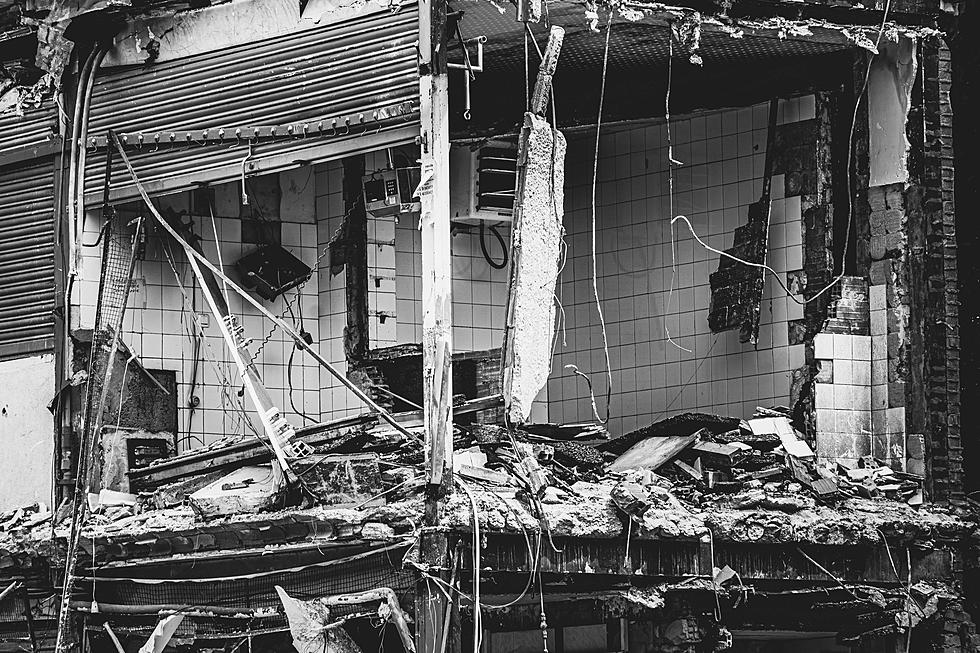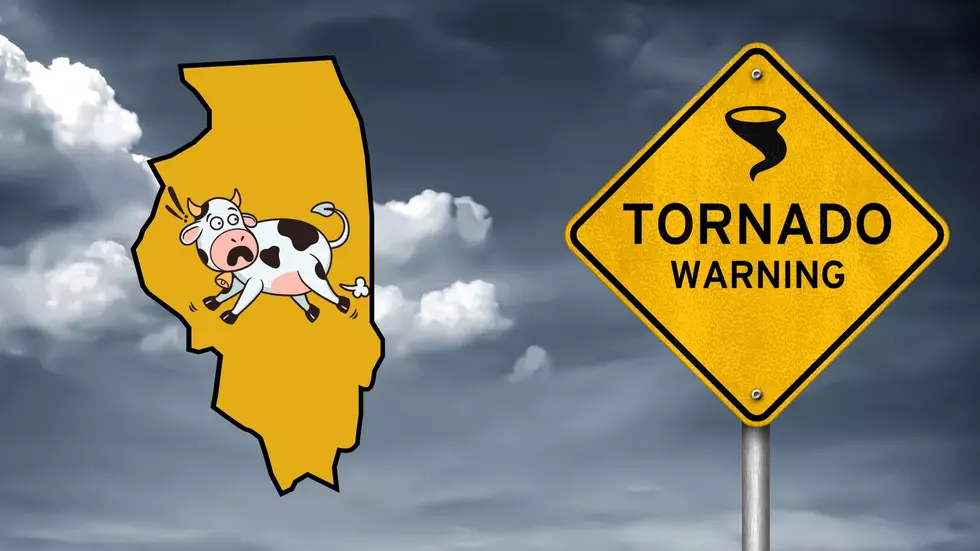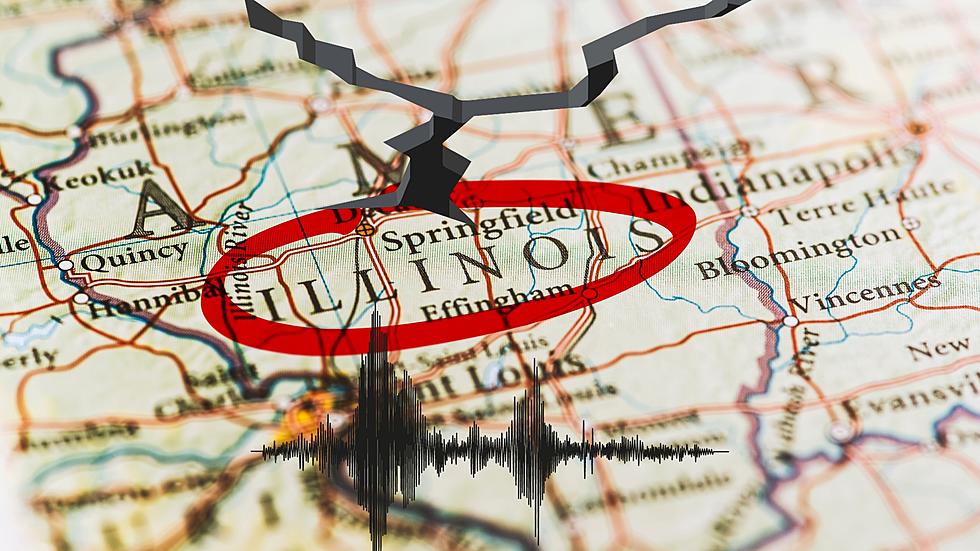
Should the people of Illinois be prepared for a major Earthquake?
There is an Earthquake preparedness drill happening this week, and the state of Illinois is encouraging its residents to participate, but what are the chances of a major earthquake affecting the Land of Lincoln?

I keep seeing these news articles all around the internet (like this one from nbcchicago.com) that are promoting the fact that officials in the state of Illinois are urging everyone to participate in this thing called the Great Shakeout Earthquake Drill, according to the website for the drill, it is all about how to practice being safe if an earthquake ever strikes your area, learn all about it by clicking here!
Let me be clear, I am in NO WAY saying that you shouldn't sign up for the drills and learn how to stay safe during an earthquake, BUT what I am saying is, IF Illinois officials are pushing us all to sign up and learn, how likely are we in Illinois to face a major earthquake?
According to an article in the dailynorthwester.com back in 2019, Illinois has had a good amount of earthquakes...
"Bookended by two seismic zones on its eastern and southern border, the Wabash Valley Seismic Zone and the New Madrid Seismic Zone, the state has recorded 406 earthquakes magnitude 2.0 or higher since 1795, according to the mitigation plan."
But the article goes on to talk to multiple Earth and planetary science professors who agree that while the Southern part of Illinois is at a higher risk of experiencing some decent sized earthquakes that could damage buildings, the majority of the state is at low risk for those type of quakes, although you can never rule them out entirely.
So if you are here in Illinois, like me, ya you should know what to do in the case of an earthquake, but should you go out and buy a $300 a month earthquake insurance policy...I don't know about that.
LOOK: The most expensive weather and climate disasters in recent decades
KEEP READING: What to do after a tornado strikes
More From 100.9 The Eagle, The Tri-States' Classic Rock Station









